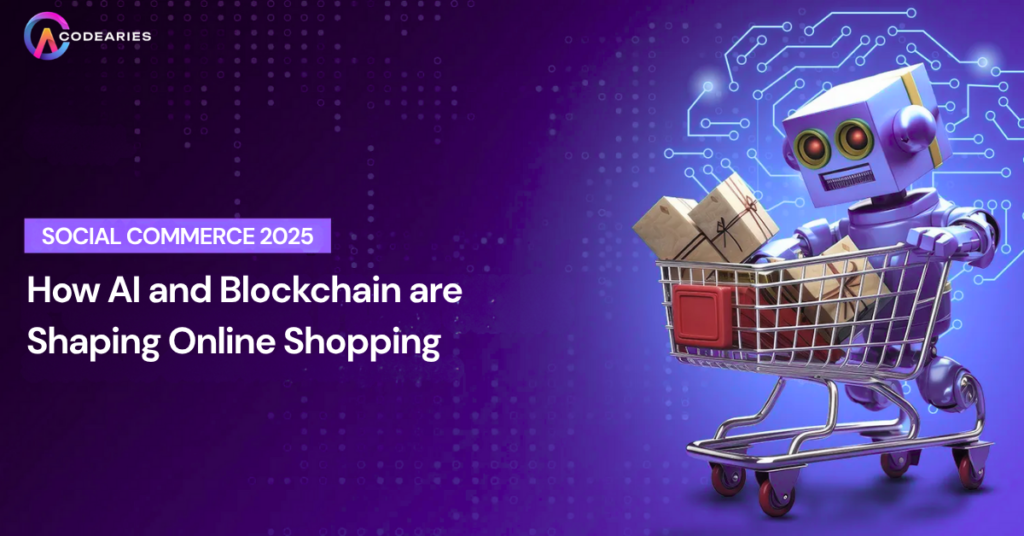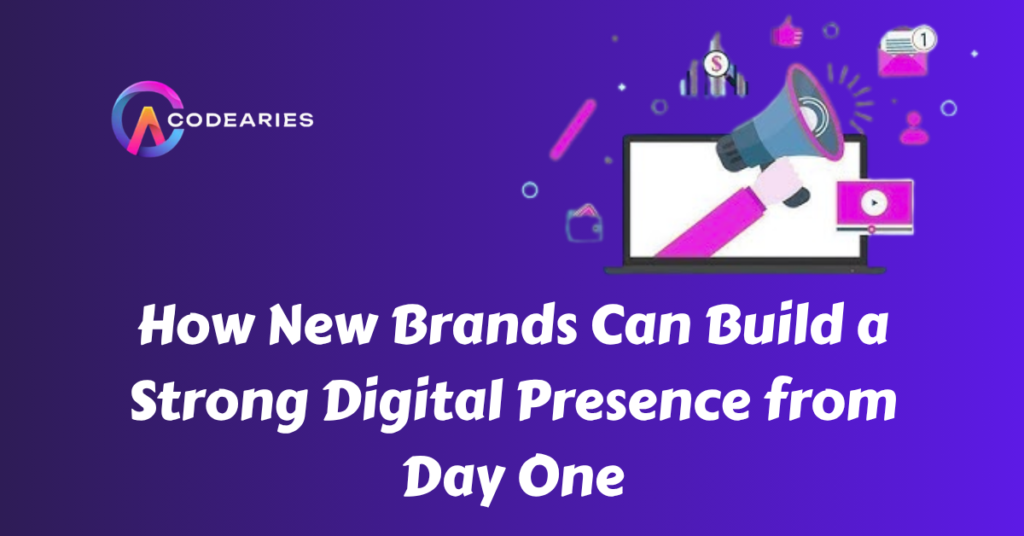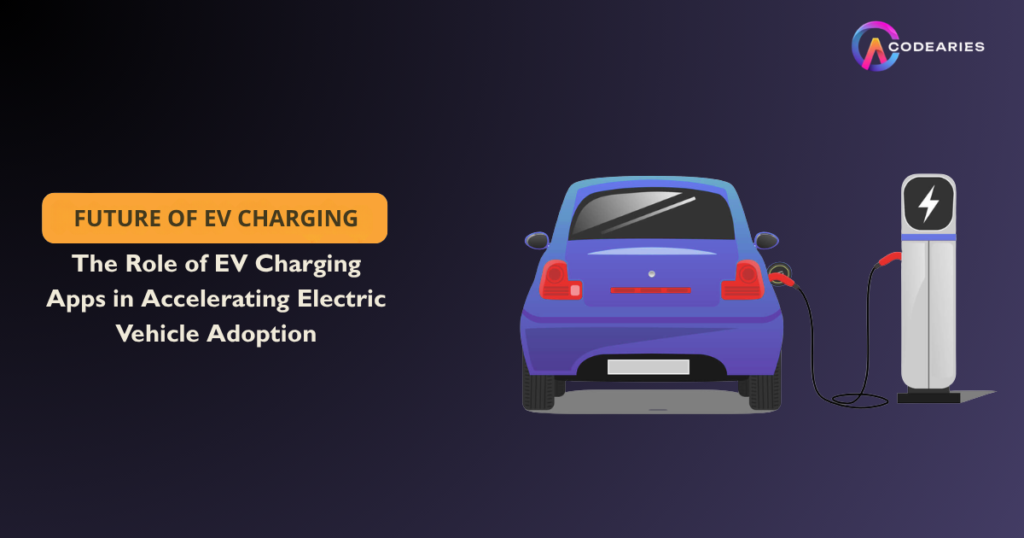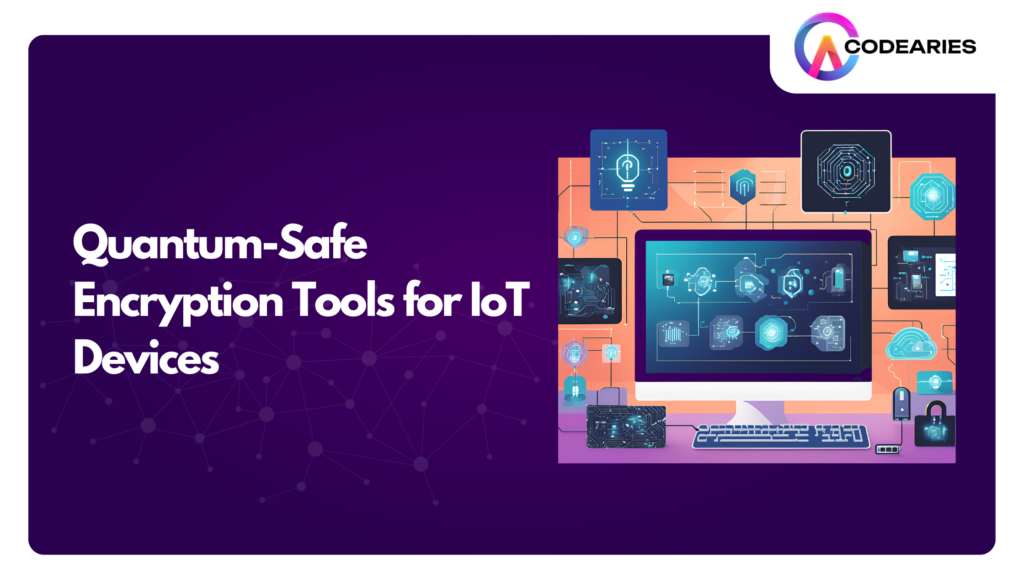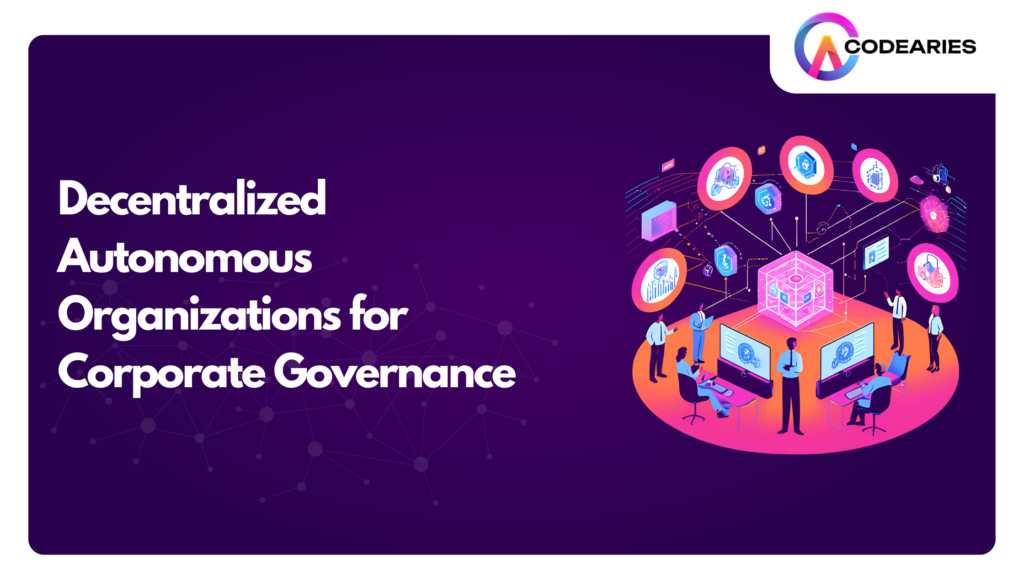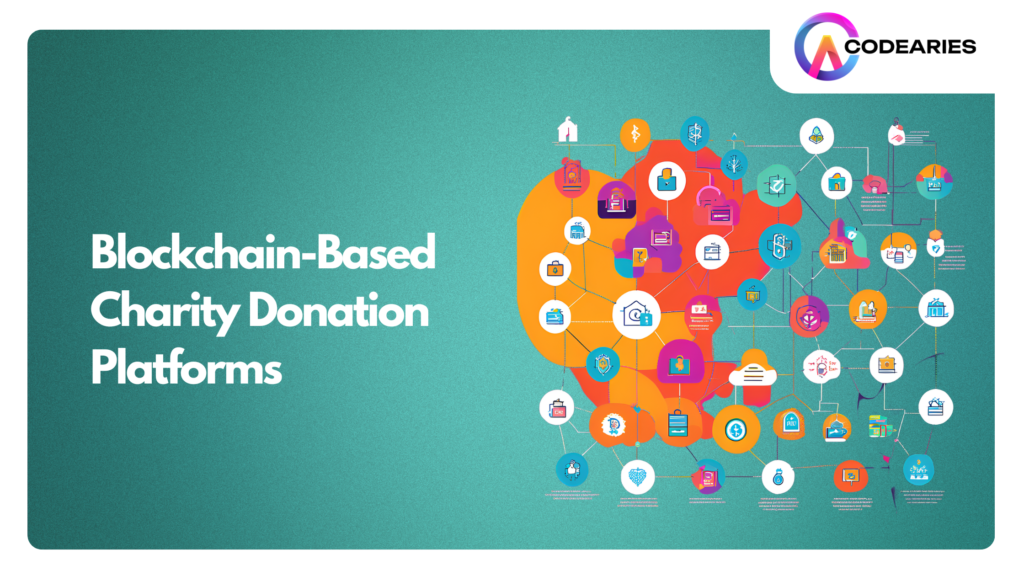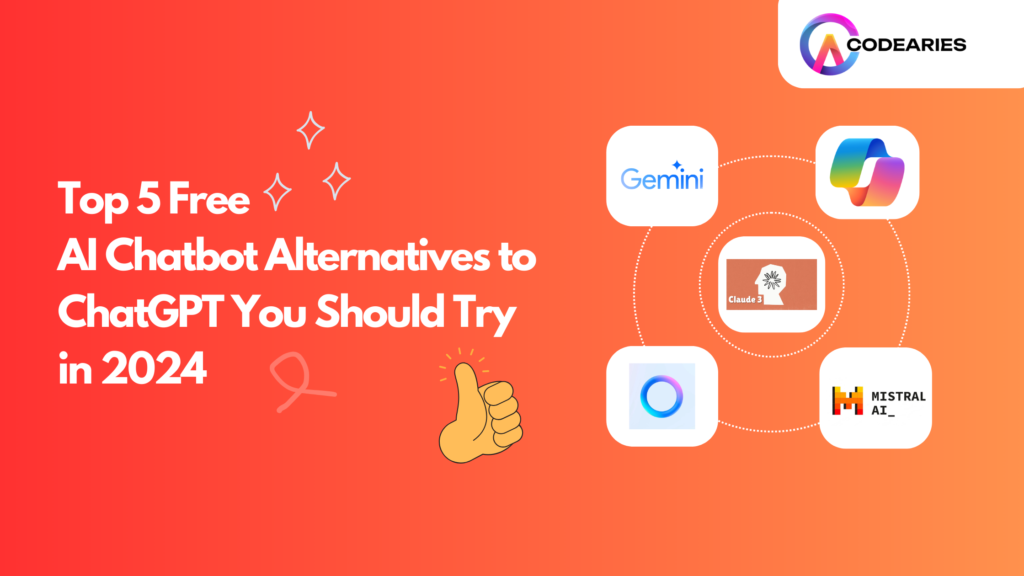Social Commerce 2025: How AI and Blockchain are Shaping Online Shopping
In 2025, social commerce has become one of the fastest growing sectors in global retail. What started as simple transactions through Instagram or Facebook has transformed into a multi trillion dollar industry driven by social interaction, smart technology, and trust. In this new landscape, social platforms are not just places for discovery or inspiration, they are full fledged marketplaces where purchases happen instantly, conversations drive sales, and every stage focuses on data privacy and transparency. AI and blockchain are central to this change, enabling improved personalization, security, and user experience. The Explosion of Social Commerce Social commerce is expected to make up more than 17 percent of all e commerce transactions worldwide in 2025, with a market value exceeding 1 trillion dollars and an annual growth rate of over 13 percent. In countries like India, China, and the US, shoppers frequently make purchases directly within chat apps and live streams, led mainly by Gen Z and millennials.. Key drivers fueling this explosion include Today, 82 percent of shoppers use social media for product discovery, and more than half buy products after seeing them on social or entertainment platforms. This shift has changed marketing strategies for serious businesses. AI Supercharges Personalization and Engagement One main reason social commerce is thriving in 2025 is due to AI Personalized shopping journeys are powered by adaptable AI, making every interaction unique, relevant, and human. Consumers now expect recommendations that suit their style, needs, and budget, no more generic ads. Blockchain Delivers Trust Transparency and Security Blockchain is a game changer for social commerce, offering a level of credibility that traditional platforms find hard to match. By using blockchain, brands assure customers that their data, purchases, and returns are managed with integrity. Trust boosts conversion rates and repeat sales. Key Trends Defining Social Commerce in 2025 Live Shopping Takes Center Stage Over two thirds of online shoppers want brands to host live streamed shopping events. Influencers demonstrate products, engage with chat, answer questions, and trigger purchases, all in real time. AI boosts recommendations and discounts during the stream. Shoppable Content Dominates Feeds Customers can now buy from videos, photos, and posts with a single tap. Gen Z particularly prefers in app discovery and quick checkouts without leaving TikTok, Instagram, or WhatsApp. Unified Shopping Journeys Social commerce completely integrates with traditional e commerce. Purchases made on social media and online stores are consolidated for consistent service, shipping, and support. Omnichannel Customer Support AI driven chatbots, voice assistants, and social messengers provide customers with instant support around the clock, offering answers, tracking, and recommendations. Decentralized Reviews and Ratings Blockchain backs reviews, making them immune to spam or manipulation, creating honest feedback loops for brands and buyers. Opportunities and Challenges Major opportunities are emerging for brands who move fast However, challenges still exist: How Codearies Helps Brands Lead in AI and Blockchain Social Commerce At Codearies, we bring the future of shopping to your business through our expertise in AI driven and blockchain enabled commerce. Here’s how we help With Codearies, your brand scales smarter and builds lasting customer trust in the changing social commerce world. Frequently Asked Questions Q1: Can Codearies help my brand start selling on social platforms? Yes. We set up shoppable posts, live shopping, and native checkout on all leading channels and integrate AI driven product discovery. Q2: Are your blockchain solutions difficult for everyday shoppers to use? No. We design with an easy to use interface, so buyers don’t need technical skills to pay, track, or verify authenticity. Q3: How quickly can we see results from AI and blockchain integrations? Most clients notice increased engagement, conversion, and repeat sales within one to two months after launch. Q4: Can Codearies unify my social commerce and e-commerce logistics? Absolutely. Our unified platform ensures data, order flow, and service are consistent across web and social channels. Q5: How do you keep my customer data secure? All solutions use advanced encryption, blockchain records, and compliance strategies to safeguard privacy and build customer confidence. For business inquiries or further information, please contact us at contact@codearies.com info@codearies.com

